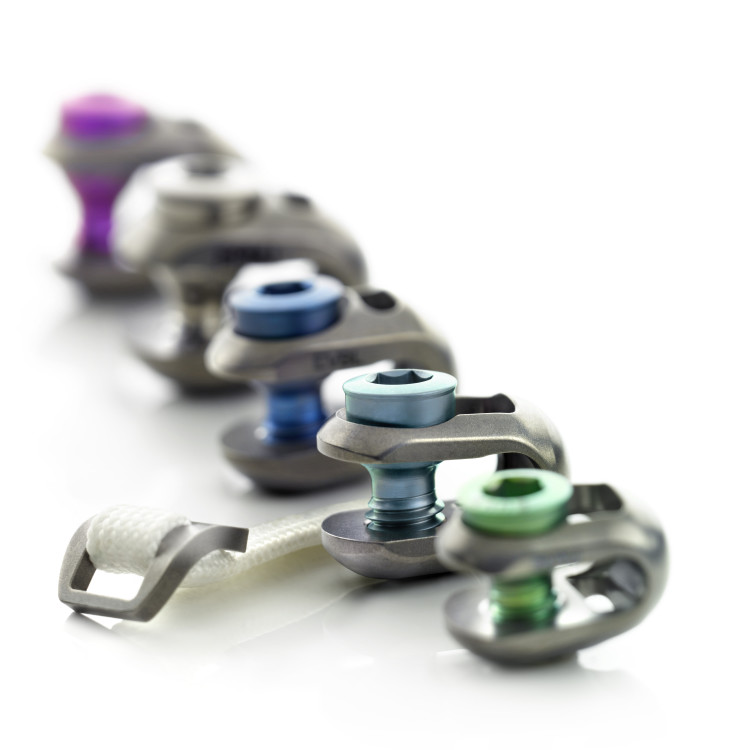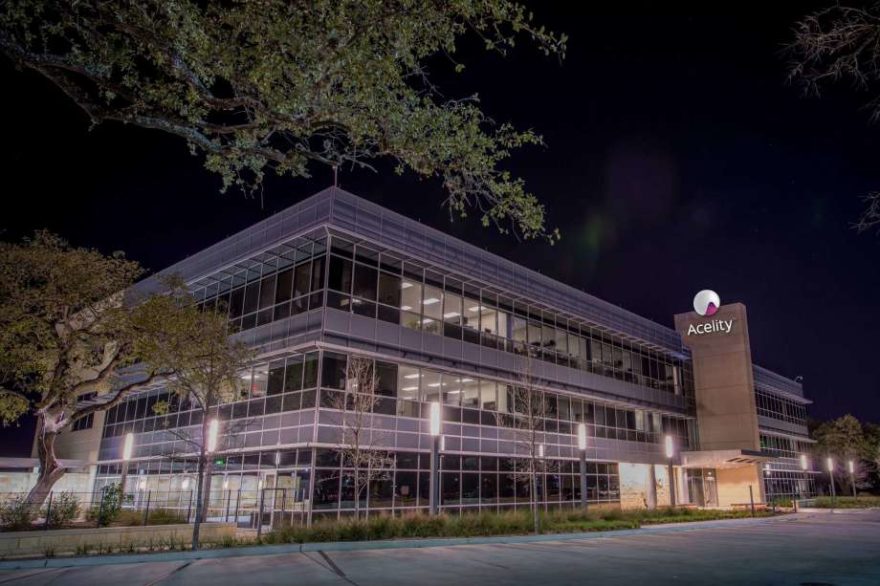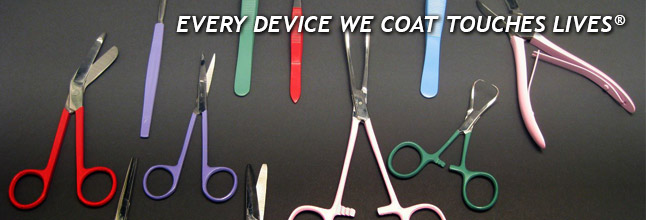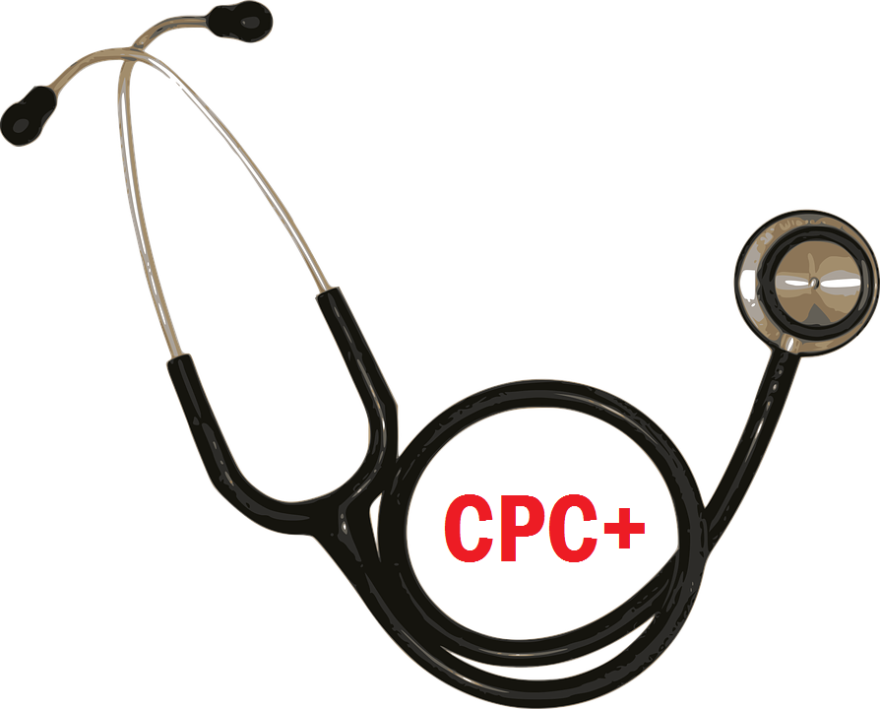September 14, 2016
BORDEAUX, France & BOSTON–(BUSINESS WIRE)–Regulatory News:
IMPLANET (Paris:IMPL) (OTCQX:IMPZY) (Euronext: IMPL, FR0010458729, PEA-PME eligible), a medical technology company specializing in vertebral and knee-surgery implants, today announces the successful results of the first surgical procedures using the Jazz Lock®.
Having obtained CE marking and 510K clearance, Jazz Lock has been used in select hospitals in France, Italy and the United States. Initial positive results in over 25 cases strengthen Implanet’s intention to carry out the wide-scale international launch of Jazz Lock by the end of the year.
The first component of an innovative range of band products designed for degenerative spine disorder surgery, Jazz Lock broadens the Jazz technological platform, allowing Implanet to expand its activity in a spine market estimated to be worth over $200 million worldwide1. Implanet offers surgeons a new implant with an optimized and reproducible surgical technique. Based on the polyester band platform, Jazz Lock simplifies the surgical procedure by replacing the locking screw and connecting rod with an innovative locking system.
Doctor Vincent Cunin, Deputy Chief of Service in the Spine Surgery department at Hospices Civils de Lyon (HCL), says: “As a spine surgeon, I have been using band implants for the last four years to correct spine deformities, with excellent post-operative clinical results. Jazz Lock’s arrival as part of the Implanet band range is a major breakthrough. This new implant’s ease of use during the first surgical procedures in Lyon, as well as the very encouraging initial post-operative clinical results, validate our choice. We will now follow these patients to confirm the long term results. In my opinion, Jazz Lock will quickly become an indispensable spine implant to surgeons across the globe.”
Ludovic Lastennet, CEO of Implanet, adds: “As announced following the regulatory clearance, Jazz Lock® is the first component of an innovative range of band products designed for degenerative spine disorders that will rapidly be launched in accordance with our business plan. The positive results obtained in the first surgical procedures illustrate this implant’s potential for patients and surgeons alike. Jazz Lock® further expands the breadth of our product offering, with its launch is scheduled for upcoming major spine congresses: Eurospine in Berlin in early October and NASS in Boston (USA) in late October.”
Next financial press release: results for the 1st half of 2016, on September 22, 2016, after market.
Upcoming congresses and conferences:
- SRS in Prague, September 21 to 24, 2016
- ICCC in São Paulo, September 30 to October 1, 2016
- EUROSPINE in Berlin, October 6 to 8, 2016
- NASS in Boston, October 26 to 28, 2016
- SOFCOT in Paris, November 8 to 11, 2016
Reminder of recent press releases:
- Green light for a new implant: Jazz Lock®, April 2016
- Q1 2016 revenues: Strong increase in U.S. JAZZ sales: +106%, April 2016
- Launch of the new Jazz Claw® implant, May 2016
- Q2 2016 record revenue of €2.1 million with Spine sales growing by +68%, July 2016
About IMPLANET
Founded in 2007, IMPLANET is a medical technology company that manufactures high-quality implants for orthopedic surgery. Its flagship product, the JAZZ latest-generation implant, aims to treat spinal pathologies requiring vertebral fusion surgery. Protected by four families of international patents, JAZZ has obtained 510(k) regulatory clearance from the Food and Drug Administration (FDA) in the United States and the CE mark. IMPLANET employs 48 staff and recorded 2015 sales of €6.7 million. For further information, please visit www.implanet.com.
Based near Bordeaux in France, IMPLANET established a US subsidiary in Boston in 2013.
IMPLANET is listed on Compartment C of the Euronext™ regulated market in Paris.
1 Source: i-Data for 2010
Contacts
IMPLANET
Ludovic Lastennet
CEO
Tel. : +33 (0)5 57 99 55 55
investors@implanet.com
or
NewCap
Investor Relations
Florent Alba
Tel. : +33 (0)1 44 71 94 94
implanet@newcap.eu
or
NewCap
Media Relations
Nicolas Merigeau
Tel. : +33 (0)1 44 71 94 98
implanet@newcap.eu
or
AlphaBronze
US-Investor Relations
Pascal Nigen
Tel.: +1 917 385 21 60
implanet@alphabronze.net








